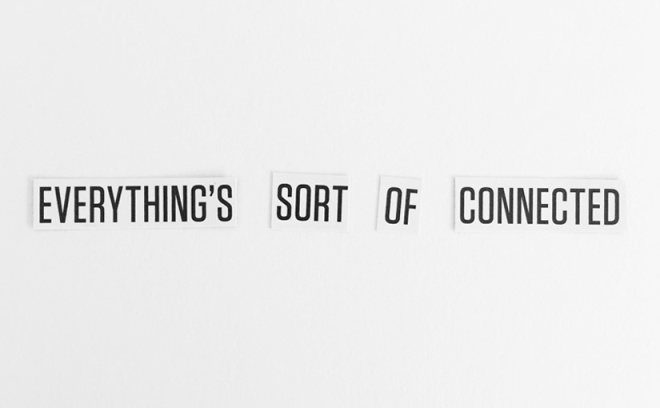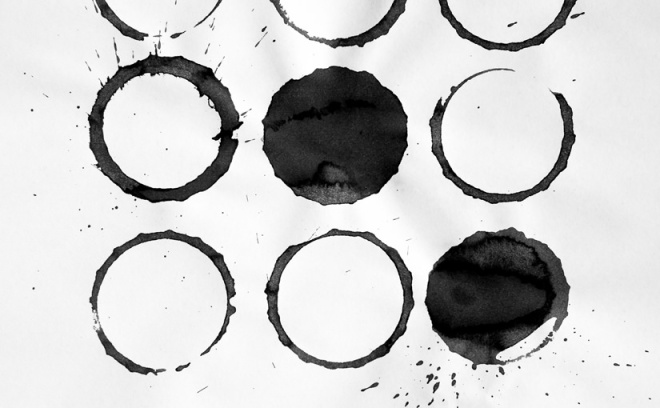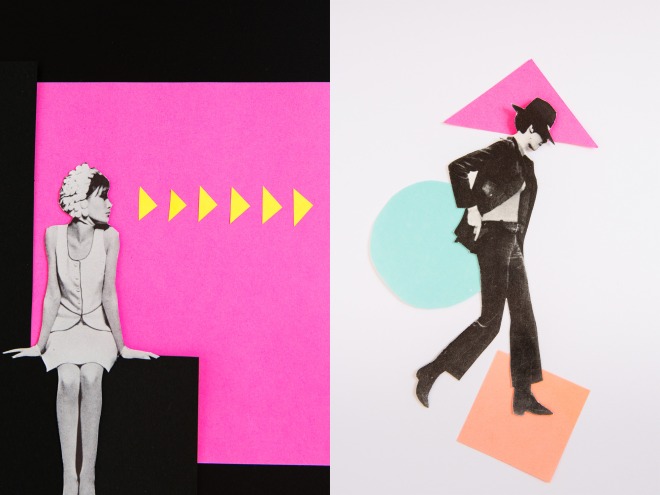
This experiment brings together collaging and quick drawing to create loose, playful images. This process allows you to break free of drawing ‘good’ by embracing a looser way to create images and allows you to focus on quantity over quality. While being learning to draw realistically–drawings that look almost as lifelike as a photograph–has its merits, it can be harder to achieve as an amateur which could halt your future creative enthusiasm and art practice. Lynn Whipple in Expressive Flower Painting suggests this exercise will help you to create marks with energy: “This is “in the moment,” “get out of the way,” “make yourself laugh” stuff… Make scribbles, scratches, and smudges. Make yourself laugh knowing that any way you do this exercise is 100 percent perfect. Approach your flower drawings with the curiosity of a child.”
You will need: flowers, paper, pencil crayons, scissors, glue or tape and a timer. Optional to use a plain pencil or pen instead of pencil crayons.
- Set timer for 15, 30 or 60 seconds and quickly draw a flower with the pencil crayons within the allocated time.
- Repeat the process multiple times. Experiment with using one or multiple colours to draw flowers.
- Draw a vase using the same process as above
- Cut out flowers and vase with scissors
- From your pile of cut out flowers and vase, start arranging on a piece of paper. Play around with different layouts.
- Once you’ve finished arranged your flowers, fix them in place with glue or tape.

If you don’t have flowers nearby to use as inspiration, find images from a book or online or use your imagination. Whipple suggests not looking at the paper while you draw (blind drawing) and use two hands to create: how will a two-handed drawing differ from using just one hand? How about if you tried using your non-dominant hand? This quick drawing method can also be applied to other themes:
- Animals in a zoo
- A family portrait of unusual looking people
- A collection of aliens from outer space
- An outfit for a haute couture fashion show
- Things found at sea
- Any collection of objects, people or greenery, the skies the limit!
If you find yourself still focusing on perfecting lines or trying to make it ‘perfect,’ try a shorter time frame. What would a flower look like drawn in 5 seconds? Lynda Barry in Syllabus encourages using time constraints: “There is a kind of calibration of what to include given the time constraints, and time constraints are vital in the beginning.” Barry explains the time constraint doesn’t allow space to think but instead allows “a natural kind of picture comes about.” How some of these pictures look like children’s drawings and adults don’t like that. But Barry argues “But what if the way kids draw — that kind of line that we call ‘childish’ — what if that is what a line looks like when someone is having an experience by hand? A live wire! There is an aliveness in these drawings that can’t be faked… that aliveness seems to come into me…. Real aliveness of line is hard to come by.”
“Children see magic because they look for it” – Christopher Moore
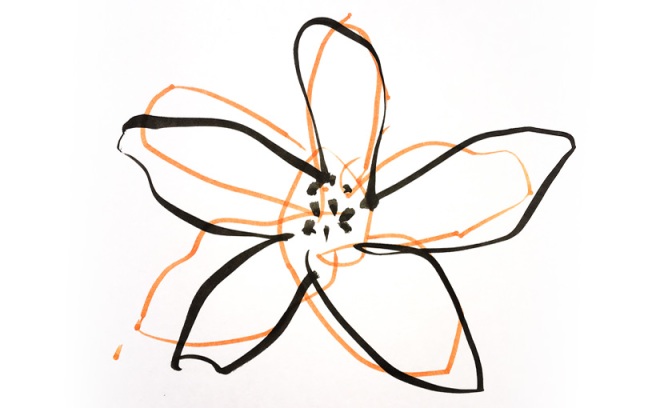



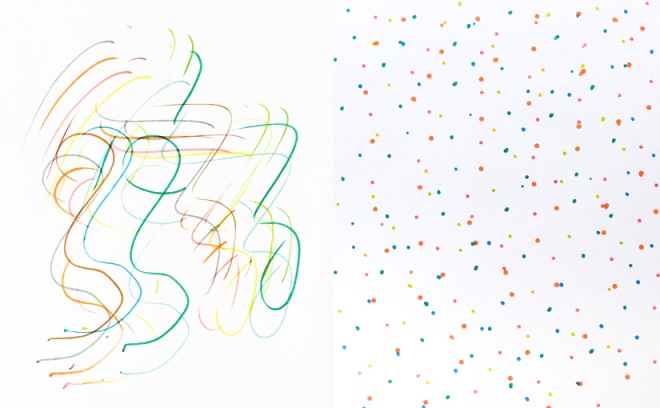
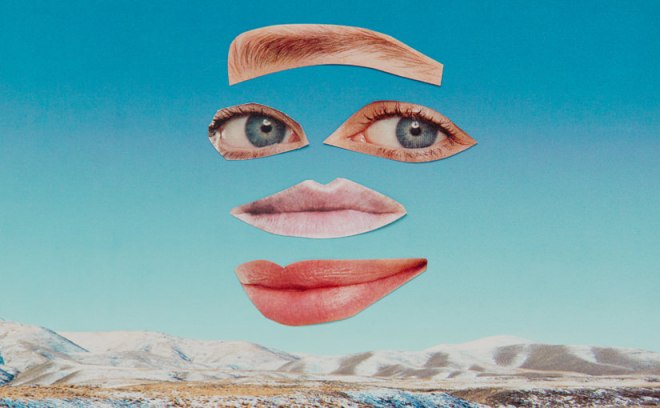
 Ideas for further experiments:
Ideas for further experiments:



